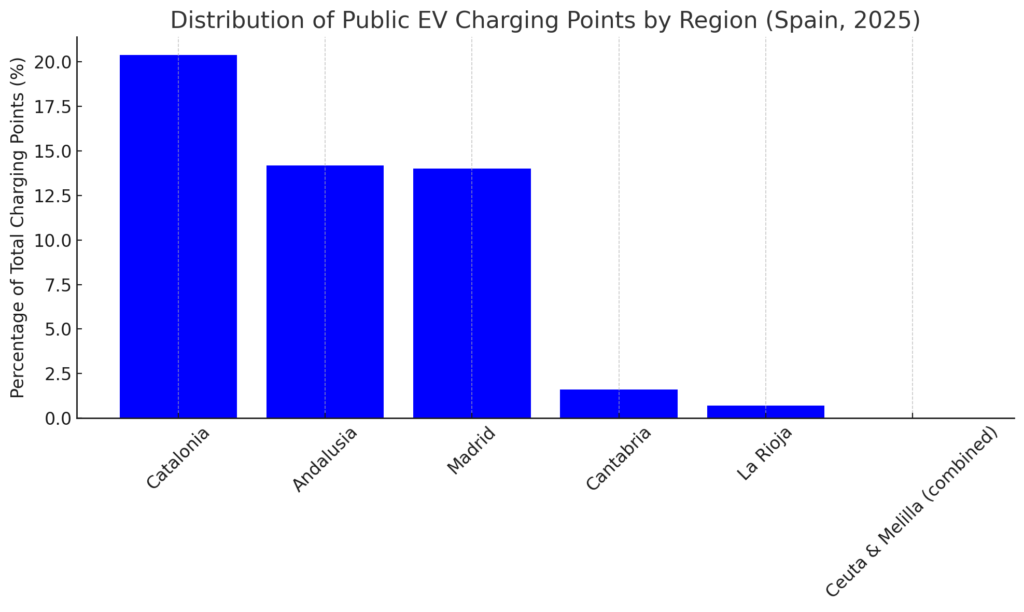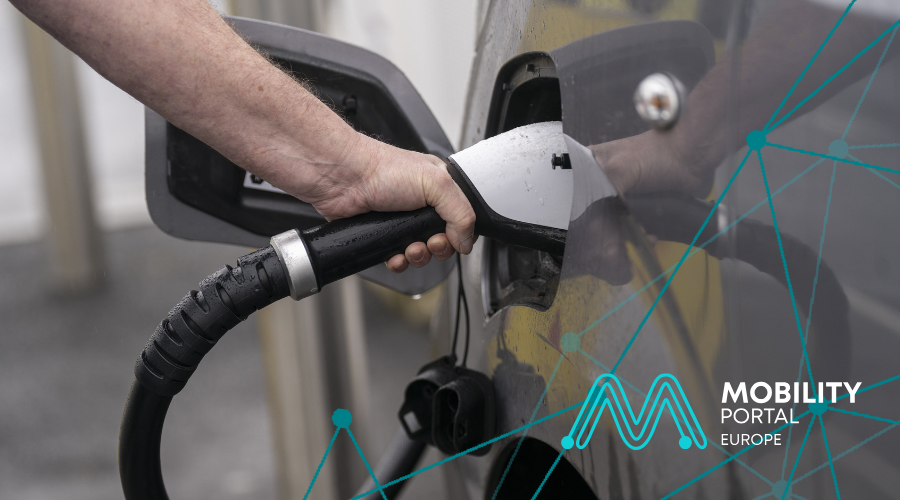The infrastructure for charging electric vehicles is showing clear signs of transformation in the first five months of 2025, with growth particularly concentrated in rapid charging points.
According to figures published by AEDIVE as of 1 June, chargers ranging from 50 to 250 kW have seen a 60.86% increase, while those over 250 kW have grown by 38.86% over the same period.
This trend reflects a deployment strategy geared towards interurban mobility and faster battery replenishment, particularly on high-demand routes or at strategic locations linked to long-distance travel.
High-power charging for long journeys
Much of the growth in high-power charging points is taking place on motorways, expressways and key logistics corridors.
These are essential locations to ensure network coverage for interurban travel, making it easier to use electric vehicles for longer journeys.

Chargers between 50 and 250 kW offer significant reductions in charging time compared to lower-powered units, and their development responds both to technological advances in vehicles and to the infrastructure policies framed at the European level.
In particular, this type of installation aligns with the objectives of the European Alternative Fuels Infrastructure Regulation (AFIR), which sets out minimum requirements for coverage and power output along the main transport corridors of the European Union.
Selective trend within overall charging point growth
The total increase in public charging points in Spain was 2.9% between January and May 2025, reaching a total of 46,684 operational points, according to AEDIVE.
Within that figure, the selective growth of rapid charging stands out compared to other categories, such as points below 22 kW, which show a more stable or even stagnant evolution.
This trend suggests a shift in infrastructure deployment priorities, where charging speed and interoperability are gaining ground over the mere expansion of coverage.
How EV charging deployment is progressing in Spain
In terms of territorial distribution, significant disparities remain.
Catalonia clearly leads with 20.4% of the total number of charging points, followed by Andalusia (14.2%) and the Community of Madrid (14%).
A symbolic shift has just occurred: Andalusia has overtaken Madrid in the absolute number of public charging points.

This variation may be due to factors such as greater land availability, regional government initiatives, or private projects focused on tourism and freight transport.
At the other end of the map, regions such as Ceuta and Melilla (with just 17 points between them), La Rioja (0.7% of the total), or Cantabria (1.6%) still have incipient infrastructure.
This territorial imbalance remains one of the main challenges in ensuring equitable and functional electric mobility across the country.
Another key point is the methodological change in data collection.
AEDIVE has updated its system to reflect only active points at the time of the report, excluding those that are out of service, under maintenance, or temporarily inactive.
This results in a more realistic snapshot of the system, aligned with European standards such as those of the EAFO (European Alternative Fuels Observatory).
As a result, some variations from previous figures may be due to adjustments under this new methodology, not necessarily to an actual decline.
Overall, the data show a system that is not only growing in number, but also improving in quality, power and reliability.
Even so, several challenges remain: reducing regulatory bottlenecks, improving deployment in rural areas, and strengthening interoperability between operators.
The goal is not just to have more charging points, but to have them where they are needed most, and with the appropriate power output.
New AEDIVE methodology: active and validated points
It is worth noting that AEDIVE has updated its data collection system to offer a more accurate snapshot of the network’s actual status.
As of 2025, only active and operational charging points at the time of reporting are counted, excluding those that are out of service, under maintenance or undergoing technical transitions.
This may result in slight variations compared to previous datasets, but it improves alignment with European systems such as the European Alternative Fuels Observatory (EAFO).








